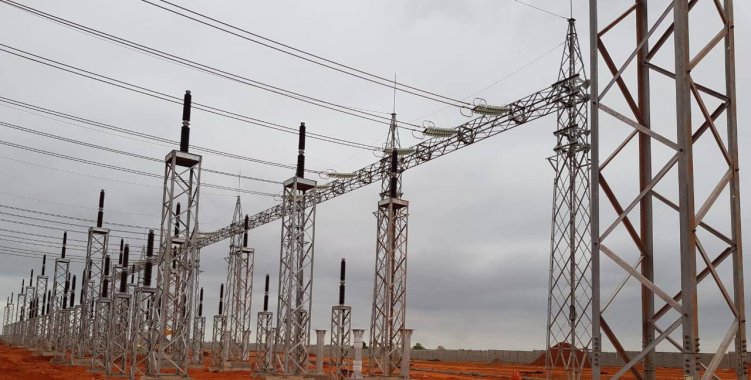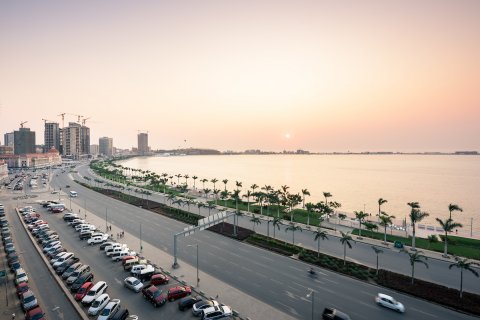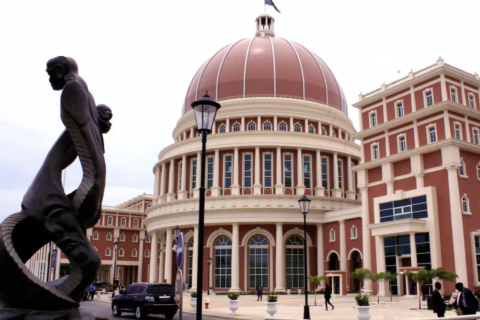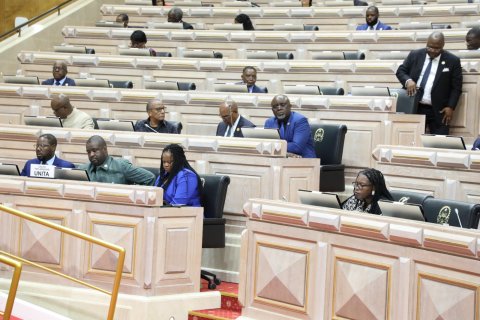The objective of increasing coverage from the current 43 percent to 50 percent was announced this Thursday by the Minister of Energy and Water, João Baptista Borges, at the opening of the 7th edition of the Africa Energy Market Place 2023, promoted by the Bank African Development Authority (ADB).
João Baptista Borges began by highlighting that the African continent is still struggling with a reduced rate of electrification, and that Angola has achieved, in recent years, exponential growth in its installed capacity for electrical energy production, rising from 2,356.36 megawatts (MW), in 2015, to around 6,319.43 megawatts currently, thanks to "important investments".
The government official highlighted the recent completion of the Laúca Hydroelectric Power Plant, which produces around 2,070 MW, the expansion of the Cambambe Power Plant, the construction of the Soyo Combined Cycle Power Plant, and the construction of the Caculo Cabaça Hydroelectric Power Plant, for the production of around 2,172 MW, which will increase the country's installed capacity, in 2027, to 9,644.09 MW, surpassing the projected 8,000 MW.
According to the minister, alongside investments in the field of hydroelectric energy, Angola has begun the process of restructuring its energy matrix, having recently completed the Biópio Photovoltaic Plants with around 188 MWdc (photovoltaic MW) and Baía Farta, with around of 96 MWdc, which contributes around 3.8 percent, within the scope of the Public Electricity System.
Despite the investments, João Baptista Borges considered that "the challenges are still immense, given the need to guarantee the expansion of the energy transport network, to the south and east of the country".
"We intend, by the end of 2027, to reach an access rate of 50 percent, considering a population of 33 million people, which presupposes making around 1,700,000 new home connections", he said, pointing out strategies to achieve aims to expand the electricity network, increase the efficiency and sustainability of the sector and invest in renewable energy and private participation.
Another challenge, pointed out João Baptista Borges, is access to credit under concessional conditions, which allows the country to bear the weight of debt with the construction of new infrastructure.
"Here, the role of multilateral credit institutions, such as the ADB and the World Bank, is of relevant importance," he said.
The government official emphasized ADB's participation in relevant projects in Angola, such as the financing for the creation of the electrical energy transmission line that will interconnect the provinces of Huambo, in the center, and Huíla, in the south, thus eliminating fuel consumption used for energy production in the cities of Lubango and Namibe.
According to the minister, the ADB is supporting the Government in defining mini-grid models, with plans to implement them in locations to be identified in the central plateau of Angola.
"We highlight here ADB's participation in financing the installation of 1,300,000 prepaid meters, which we intend to implement as quickly as possible", said João Baptista Borges.
The Government also intends to promote the construction of an electrical energy transmission system that connects the neighboring Republic of Zambia and integrates the National Electrical System, integrated into the Southern African Development Community (SADC) system, with the financing model being considered.







